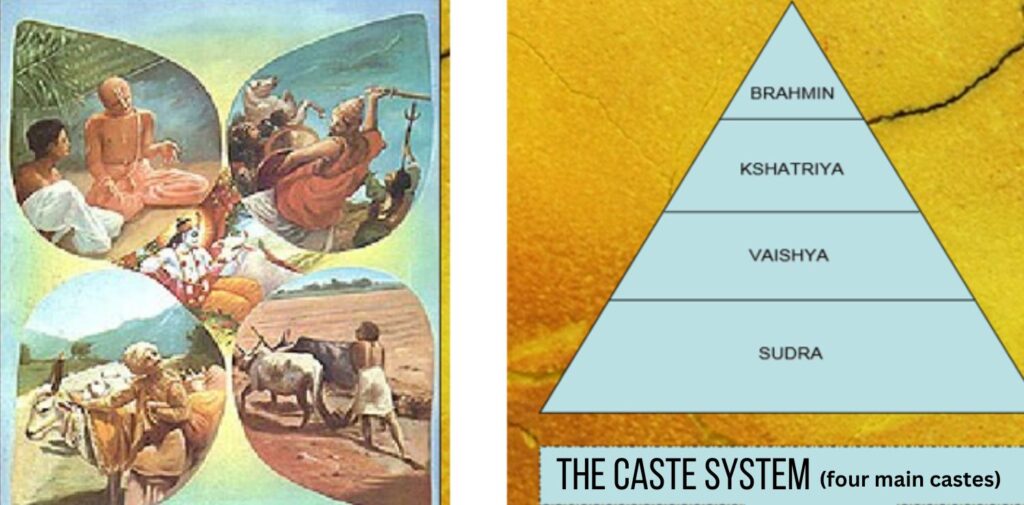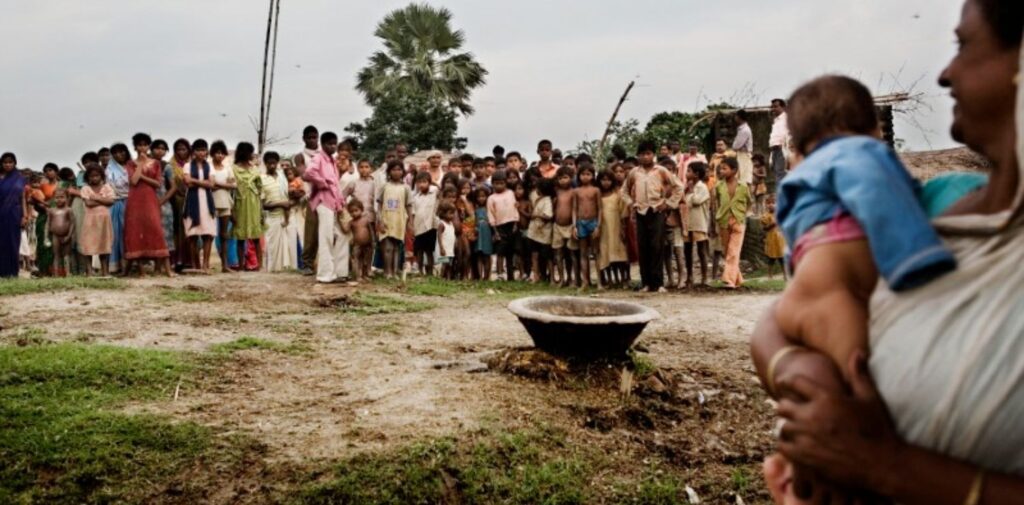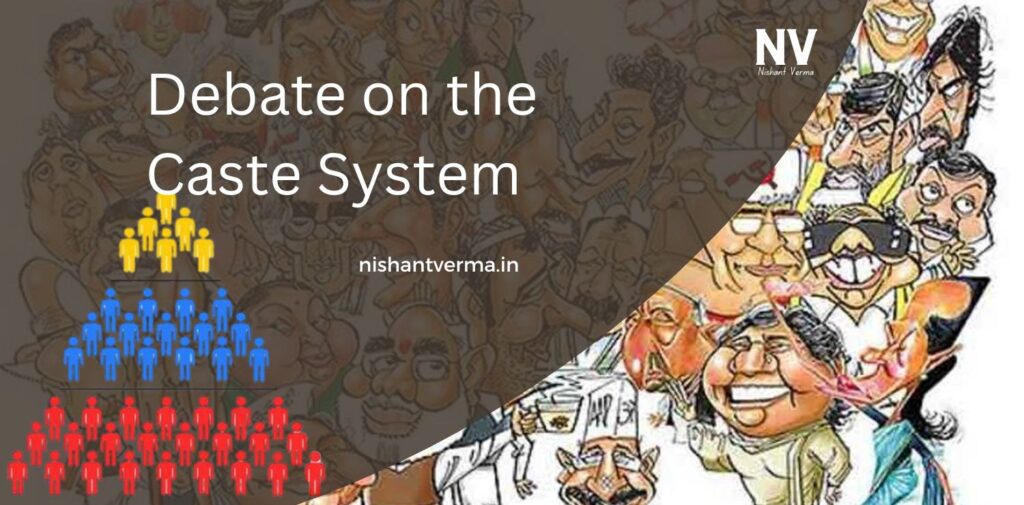The caste system is one of the most debated topics in Indian society. Some see it as an ancient tradition that helps organize society, while others believe it is a form of social injustice that discriminates against people. It has been a part of India’s culture for thousands of years, but over time, it has also led to many problems, including inequality and unfair treatment. In this article, we will explore both sides of the debate on the caste system: whether it is a tradition that should be preserved or a social injustice that needs to be eradicated.
What Is the Caste System?
Before we dive into the debate, it’s important to understand what the caste system is. The caste system is a social hierarchy that divides people into different groups based on their birth. These groups are called “castes,” and each caste has its own set of rules and duties. Traditionally, there are four main castes:
- Brahmins – Priests and scholars
- Kshatriyas – Warriors and rulers
- Vaishyas – Merchants and farmers
- Shudras – Laborers and service providers
Apart from these four main castes, there is also a group of people who were historically considered outside the caste system, known as the Dalits (previously called “Untouchables”). They faced severe discrimination and were often treated as inferior by society.

Caste as Tradition
Tradition refers to the customs, practices, and beliefs passed down from one generation to the next. Many people argue that the caste system is a part of India’s ancient tradition. For thousands of years, it was believed to be a natural way to organize society, where each person had a role to play based on their skills, birth, and family background.
- Order in Society: Supporters of the caste system argue that it created a sense of order and discipline in society. Each caste had its own responsibilities, and people worked together to fulfill their roles. For example, the Brahmins were responsible for learning and teaching the sacred texts, while the Shudras provided service to the others. In this sense, the caste system helped maintain a stable social structure where everyone had a place and purpose.
- Spiritual and Religious Significance: In Hinduism, the caste system is said to be connected with the concept of karma (the belief that a person’s actions in this life affect their future lives). According to this belief, people are born into a particular caste based on their past actions. Supporters argue that this is a spiritual law, and it is not for humans to change. The caste system was seen as a way to uphold dharma (moral law) and ensure people fulfill their duties according to their abilities.
- Cultural Identity: Some people see the caste system as a part of India’s rich cultural identity. They believe it connects them to their roots and traditions. In this view, the caste system is more than just a social practice; it’s a way of life that ties individuals to their families, communities, and history.

Caste as Social Injustice
On the other side of the debate, many people believe that the caste system is a form of social injustice. They argue that it leads to discrimination, inequality, and suffering for many people, especially those in the lower castes and the Dalits. Over time, the caste system has created a lot of problems in Indian society.
- Discrimination and Inequality: One of the biggest criticisms of the caste system is that it leads to discrimination. People in lower castes, especially Dalits, were historically treated as “untouchables.” They faced segregation, were denied basic rights, and were forced into the most menial jobs. Even today, people in lower castes often face discrimination in education, employment, and society. For example, Dalits were often not allowed to enter temples, use the same wells as upper-caste people, or even sit at the same table. While laws have been passed to protect these groups, discrimination still exists in many areas.
- Limited Opportunities: Another problem with the caste system is that it limits a person’s opportunities based on their birth, not their abilities or talents. Someone born into a lower caste might find it difficult to escape their social position, no matter how hard they work or how talented they are. This creates a system where people are stuck in poverty and have limited access to education, healthcare, and other resources.
- Violence and Abuse: The caste system has often led to violence and abuse. There have been countless cases of Dalits being subjected to physical abuse, even murder, for challenging the established social order or for trying to live with dignity. Caste-based violence has been a serious issue in many parts of India, and although it is illegal, it still happens in some areas.
- Modern Society vs. Ancient Practices: Many people argue that the caste system was created in ancient times when society was very different from today. They believe that in today’s world, with its focus on equality, human rights, and social justice, the caste system has no place. In a modern society, everyone should have equal opportunities, regardless of their caste or background.
- Efforts to End the Caste System: Over the years, many social reformers, such as Dr. B.R. Ambedkar, Mahatma Gandhi, and others, have worked hard to end the caste system. They argued that all people, regardless of their caste, should be treated equally. Thanks to their efforts, the Indian Constitution, which was adopted in 1950, banned caste-based discrimination and gave every citizen the right to equality.

The Present-Day Debate
Even today, the caste system continues to be a controversial topic. While the Indian Constitution officially abolished untouchability and caste-based discrimination, the system still has a deep influence on social and political life in many parts of India.
- Caste and Politics: In modern India, caste still plays an important role in politics. Many political parties represent the interests of certain castes or communities. This sometimes leads to caste-based vote banks, where politicians try to win support by appealing to people based on their caste identity. While this can help marginalized communities gain political representation, it can also deepen divisions in society.
- Caste in Education and Employment: Despite laws against caste discrimination, This still affects access to education and jobs. Some people from lower castes receive special benefits (such as reservations in education and government jobs) to help them compete. However, these reservations are often criticized by people from higher castes, who feel that they are unfair. The debate over reservations is a complex and ongoing issue in India.
Conclusion
The caste system is a complex and controversial topic. On one hand, it is seen by some as a traditional practice that has been a part of India’s culture for centuries, providing order and structure to society. On the other hand, many people argue that it is a form of social injustice that has caused harm to countless individuals, especially those in the lower castes and Dalits.
In today’s world, India is striving to move beyond caste-based discrimination and create a society where everyone has equal opportunities, regardless of their background. However, the influence of the castism still lingers in many areas, and the debate continues.
What do you think? Is the caste system a valuable tradition that should be preserved, or is it an outdated and harmful practice that should be abolished? Share your thoughts and opinions in the comments below.




